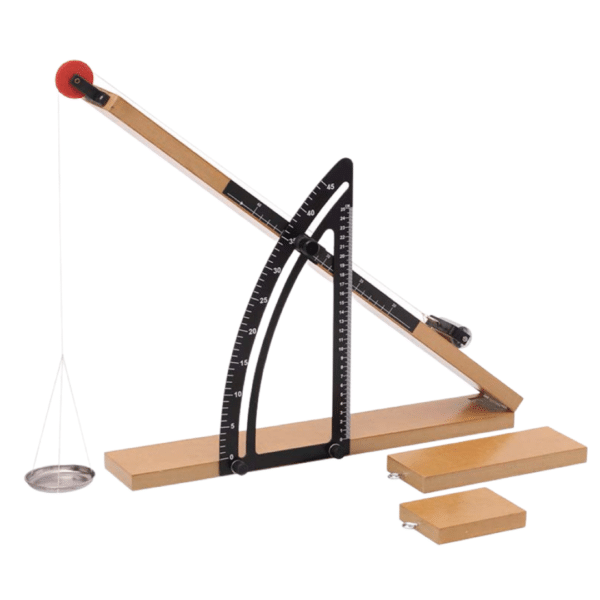-
Pick up from the Samtech Store in Ambala
To pick up today
Free
-
Courier delivery
Our courier will deliver to the specified address
4-5 Days
200+
₹750 (Exc. GST)
To pick up today
Free
Our courier will deliver to the specified address
4-5 Days
200+
No account yet?
Create an Account
SAMTECH INSTRUMENTS
Typically replies within minutes
Any questions related to Inclined Plane Apparatus?
🟢 Online | Privacy policy
WhatsApp us

